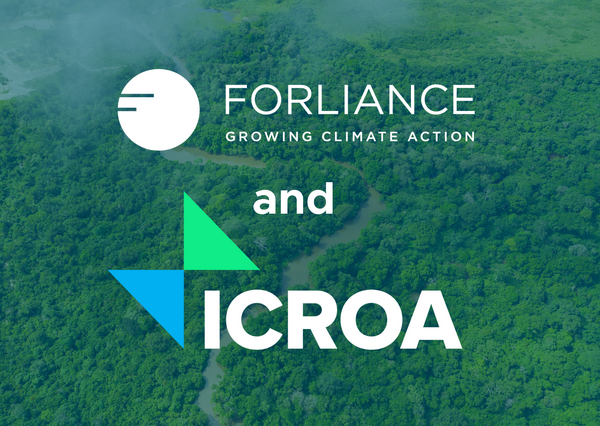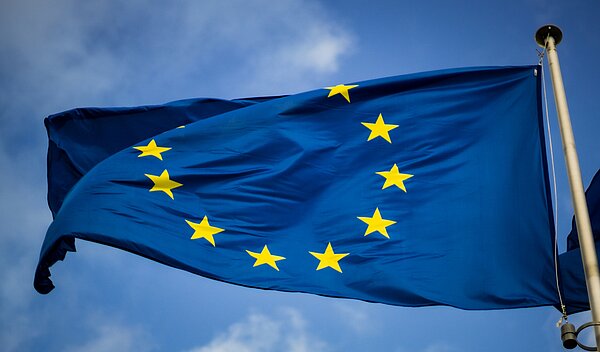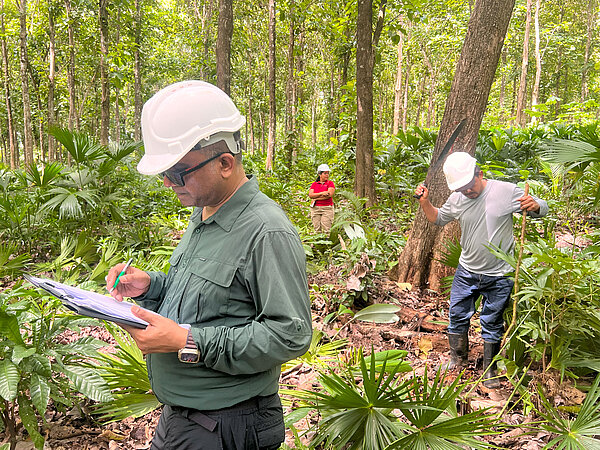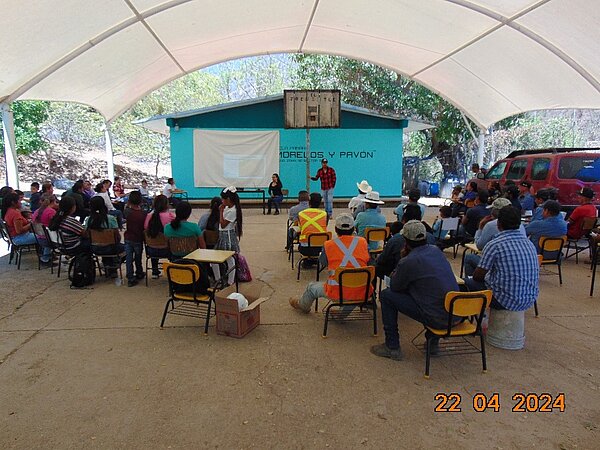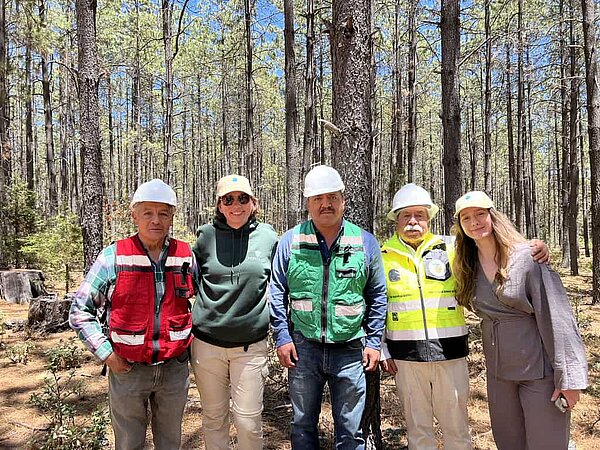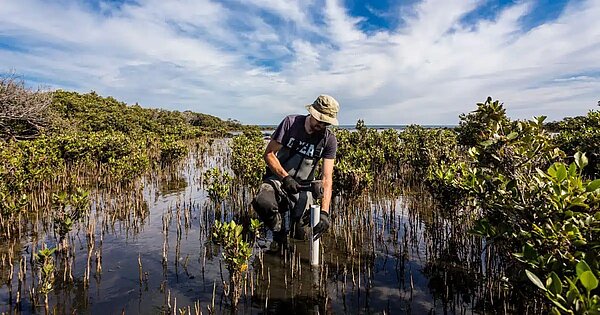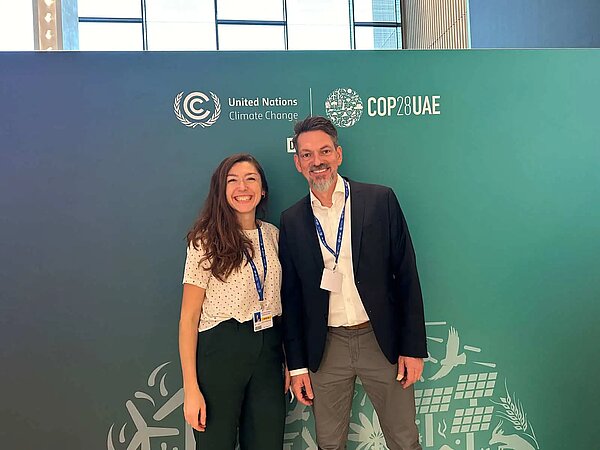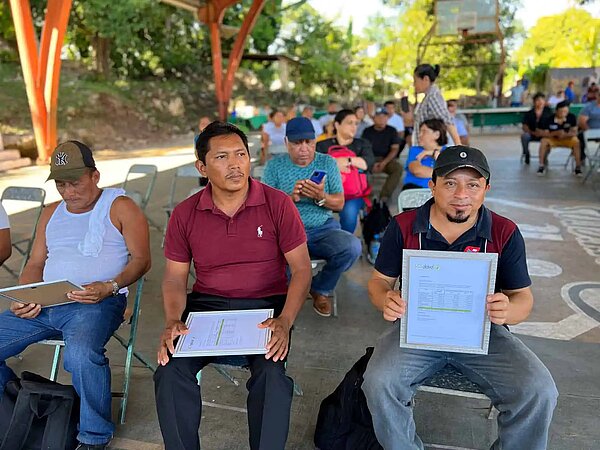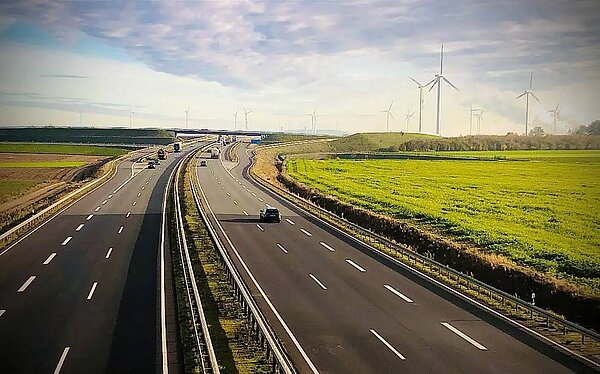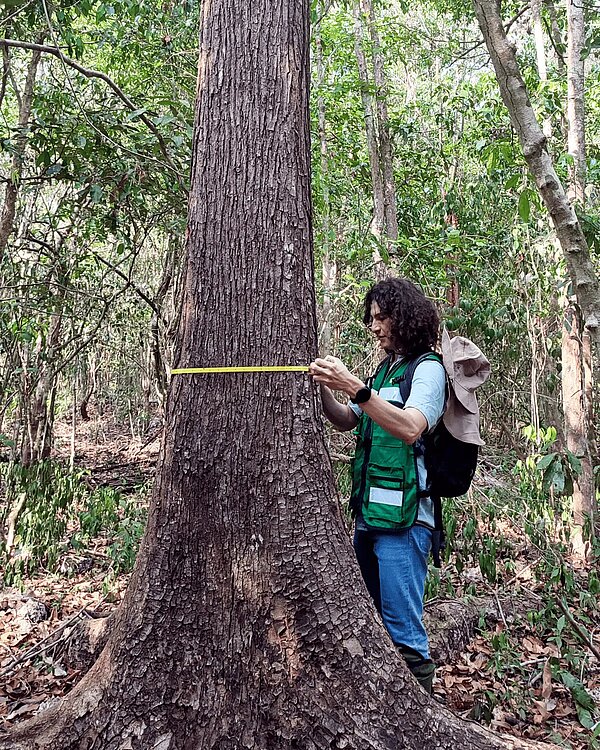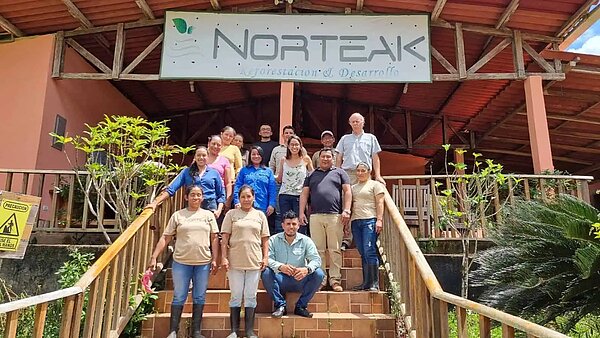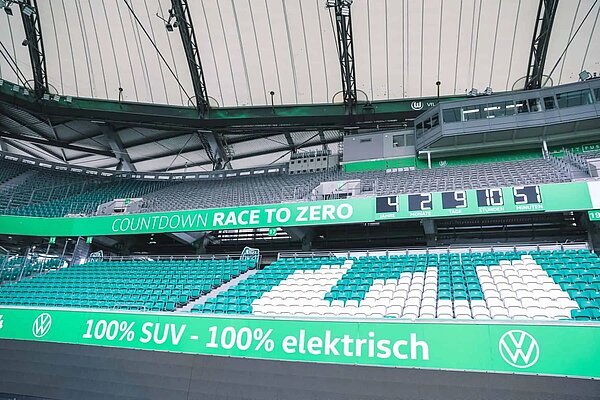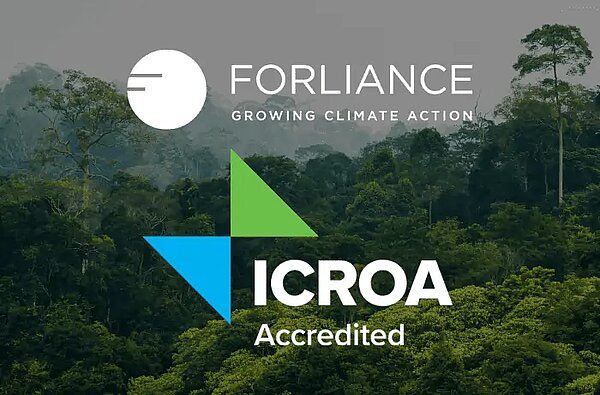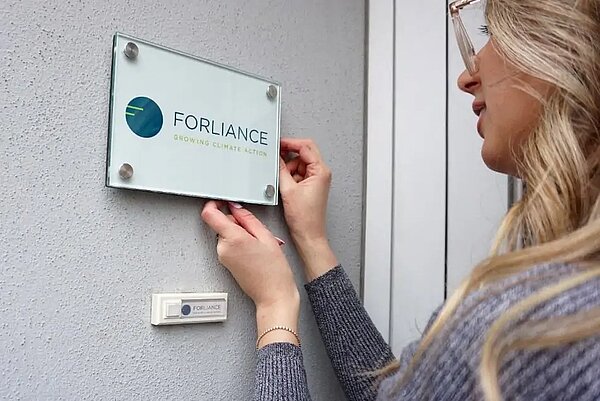From Green Claims to Carbon Removals: Navigating New EU Climate Rules for Corporate Climate Action
May 19, 2025
Climate Strategy & Policy
European climate policy is entering a new era – and corporate climate action leaders need to be prepared. The European Union is rolling out ambitious climate regulations that will transform how companies plan and communicate their climate strategies. Major developments like the Green Claims Directive (GCD), the Corporate Sustainability Reporting Directive (CSRD) with its European Sustainability Reporting Standards (ESRS), and the Carbon Removals Certification Framework (CRCF) are raising the bar for transparency and integrity in corporate climate action. These policies are poised to end greenwashing and demand real progress, affecting tens of thousands of companies and the broader voluntary carbon market. For corporate decision-makers, this means the clock is ticking to adapt communications, corporate climate action reporting, and emissions strategies to the new requirements.
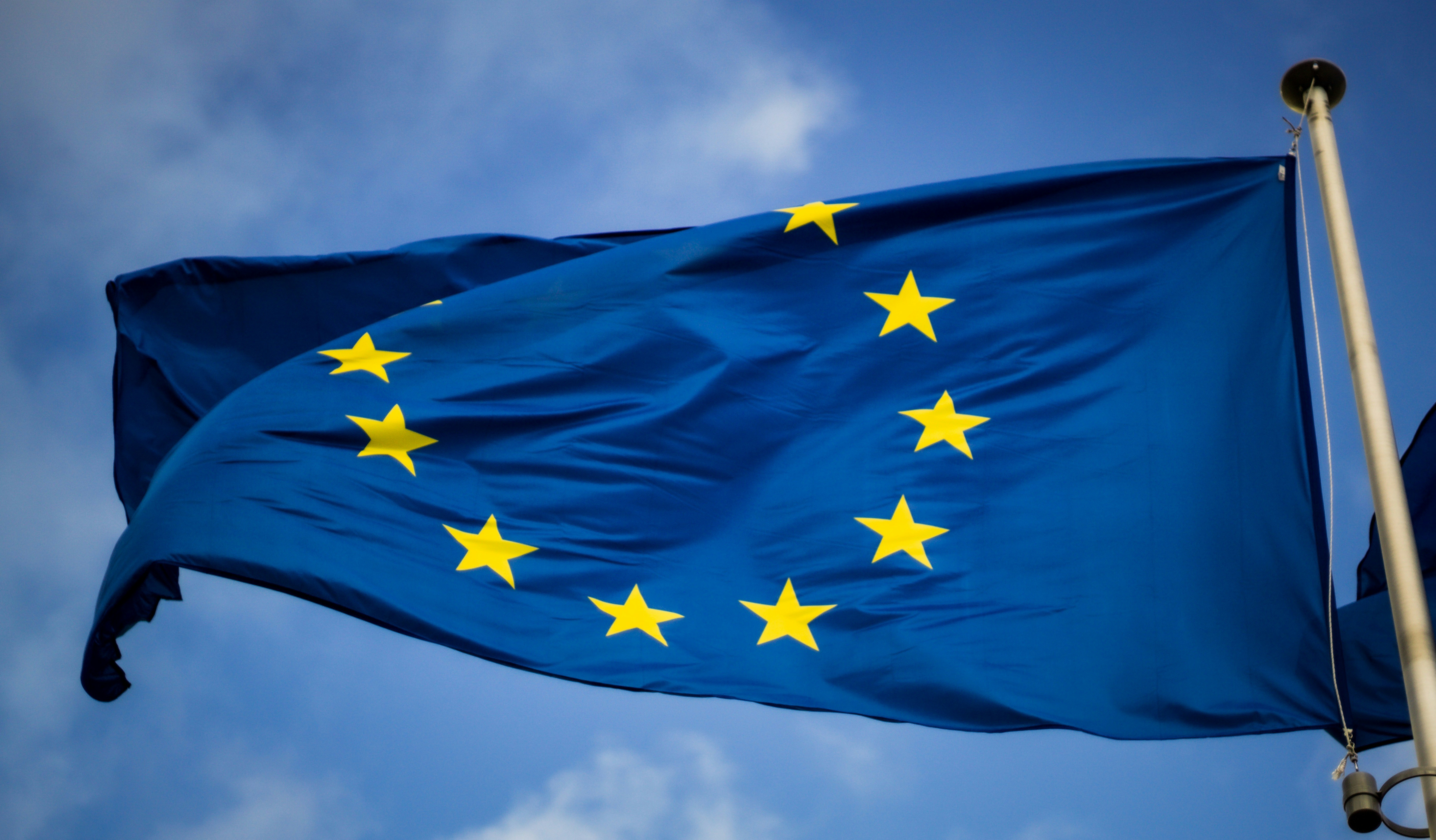
Green Claims Directive: New Rules for Climate Claims and Carbon Credits
Public trust in corporate “green” claims has been eroded by widespread greenwashing. In fact, over half of environmental claims by companies have been found to be vague, misleading, or unfounded, and 40% have no supporting evidence (environment.ec.europa.eu). In response, the EU introduced the Green Claims Directive in 2024 to ensure environmental claims are reliable, comparable, and verifiable across the EU, and to protect consumers from greenwashing (environment.ec.europa.eu). This directive, which amends existing consumer protection laws, entered into force in March 2024 and must be implemented by EU member states by March 2026 (eur-lex.europa.eu).
Under the GCD, companies will face strict criteria for any voluntary claims about the environmental impact of their products or services. Generic slogans like “eco-friendly” or “climate friendly” can no longer be used without substantiation, and claims must be backed by robust scientific evidence verified by accredited third parties. Notably, claims suggesting a product has “neutral” or “positive” climate impact (for example, labels such as “carbon neutral” or “CO2 neutral certified”) are now deemed misleading if they are based on offsetting greenhouse gas emissions. The directive explicitly prohibits claims that a product has a neutral, reduced, or positive environmental impact in terms of GHG emissions when such claims rely on carbon offsets, unless the claim is based on the product’s actual lifecycle emissions reduction (eur-lex.europa.eu). In practice, this means companies can no longer simply label a product “climate neutral” because they purchased carbon credits; they must either avoid such claims or fundamentally prove that any “neutrality” is achieved through direct emissions reductions in the product’s full lifecycle.
The implications for corporate climate strategy are significant. Marketing teams and climate officers will need to audit all environmental claims and labels used in product marketing or corporate communications. Any claim must be specific (e.g. “packaging made of 30% recycled plastic” rather than a vague “green packaging” claim) and supported by evidence. Companies should be prepared to provide detailed documentation for each claim, often following standardized methods and third-party certifications. The directive’s aim is not only to prevent consumer deception but also to “establish a level playing field” for businesses by recognizing those who truly invest in sustainability and climate action over those engaging in superficial PR claims (environment.ec.europa.eu). In a future where greenwashing is aggressively policed, credibility will become a competitive advantage. Companies that transparently communicate substantiated climate achievements (for example, verified emissions reductions or product-level improvements) will build greater trust with customers and regulators. In short, the GCD pushes corporate climate leaders to replace catchy green slogans with concrete climate impact data – a change that, while challenging, ultimately elevates the quality and trustworthiness of climate action claims.

Corporate Sustainability Reporting Directive (CSRD): Mainstreaming Climate Disclosure
If the GCD tackles what companies say, the Corporate Sustainability Reporting Directive deals with what companies do and disclose. Effective January 2024, the CSRD dramatically expands the scope and detail of corporate sustainability reporting in the EU. This directive was adopted in 2022 as part of the European Green Deal’s push to integrate sustainability into core business accountability. It raises non-financial (environmental, social, governance) reporting to the same level of importance as financial reporting, recognizing that corporate impacts on climate and society are material for stakeholders (green-business.ec.europa.eu).
The CSRD extends to nearly all large companies in Europe and even many non-European companies with significant EU operations. It is being phased in from 2024 through 2026 based on company size and type (green-business.ec.europa.eu). The first wave began with large public-interest companies in 2024 (for reports published in 2025), and in subsequent years it will cover other large companies and listed SMEs. In total, around 50,000 companies in the EU will fall under CSRD reporting obligations, a massive increase from the roughly 11,000 previously covered under the old Non-Financial Reporting Directive (green-business.ec.europa.eu). This means that thousands of companies are now required to publicly report detailed information on their environmental and climate impacts, risks, and opportunities.
For corporate climate officers, CSRD compliance is not just a bureaucratic exercise – it necessitates a robust internal climate data collection and management system and integration of climate strategy with corporate governance. Annual sustainability reports will need to include comprehensive information on greenhouse gas emissions (across Scopes 1, 2, and 3), energy use, climate-related targets, progress on those targets, and the financial impacts of climate risks on the business. The European Sustainability Reporting Standards (ESRS) provide the detailed reporting framework to follow, ensuring companies disclose comparable and decision-useful information. Notably, the ESRS E1 standard on Climate Change requires reporting on both climate mitigation and adaptation efforts, and it aligns with global frameworks like the TCFD. European regulators have also worked to make ESRS interoperable with international standards – there is a high degree of alignment with the new ISSB (IFRS) sustainability standards and with GRI indicators to avoid double reporting (finance.ec.europa.eu). This alignment is important for companies operating globally, as it streamlines reporting and makes EU companies’ climate disclosures credible and understandable to international investors (finance.ec.europa.eu).
In practical terms, CSRD/ESRS compliance will force companies to elevate their climate action plans. For example, businesses must describe their climate transition plan for limiting global warming to 1.5°C, including short- and long-term emissions reduction targets. These targets will need to be backed by science (such as Science Based Targets initiative methodology) and accompanied by concrete action plans and investment strategies. Progress is to be reported annually. Importantly, companies can no longer lean on offsetting to meet these targets in their reporting – the ESRS explicitly instructs that gross emissions must be reported without subtracting purchased carbon credits. In fact, the climate standard prohibits companies from counting carbon credits or avoided emissions toward the achievement of their emissions reduction targetsefrag.org. This means a company’s claimed reduction in emissions must come from actual operational changes (efficiency improvements, renewable energy use, process innovations, etc.), not from offsetting projects elsewhere. Any carbon credits a company does purchase (for example, to compensate for residual emissions or as part of a voluntary climate strategy) have to be disclosed separately and transparently, rather than hidden in net emissions figures.
European Sustainability Reporting Standards (ESRS): Driving Transparency and Integrity
The ESRS are the detailed rules that underpin the CSRD, and they represent a new era of rigorous sustainability disclosure. ESRS E1 (Climate Change) is particularly demanding. It requires companies to disclose a wide range of climate-related information: not just their emissions, but also their exposure to climate risks, their strategies for climate change mitigation and adaptation, their governance and oversight of climate issues, and how climate targets are integrated into business strategy and executive remuneration. The goal is to give investors and stakeholders a 360-degree view of a company’s climate impact and resilience.
A few key features of ESRS E1 illustrate how it will impact corporate climate management:
Comprehensive GHG Accounting: Companies must report Scope 1, Scope 2, and Scope 3 emissions in detail, using recognized methodologies. This requires robust data gathering across operations and value chains, often a significant challenge for large organizations. The data must be of audit-quality, since CSRD reports will be subject to limited assurance requirements.
No More Hidden Offsets: As noted, the standards separate carbon credit usage from emissions accounting. All emission reduction claims in reports must stem from direct reductions. If a company has achieved “net zero” or “carbon neutrality” by financing external projects (e.g. planting forests or renewable energy projects), the ESRS demands transparency about that. Firms will need to report how many carbon credits they retired, of what type, from which standards or projects, and for what purpose. For instance, ESRS E1-7 requires disclosing the amount of greenhouse gas removals the company achieved within its value chain (insetting) and the amount of emissions mitigated through carbon credits outside its value chain (ceezer.earthceezer.earth). Companies must break down credits by project type (e.g. renewable energy vs. reforestation, with an emphasis on distinguishing carbon removal projects from avoidance projects), by geography, and by quality criteria such as whether the credits have a corresponding adjustment under the Paris Agreement (ceezer.earth). This granular reporting ensures that engagement in voluntary carbon markets is done with full transparency. It pushes companies toward high-quality credits and verified carbon removal projects, because low-quality or opaque offsets will be plainly visible and may invite scrutiny. It’s telling that ESRS also calls on companies to explain the “credibility and integrity” of the carbon credits they use, if they are making climate neutrality claims – a clear sign that regulators expect companies to justify the validity of offsets (ceezer.earth).
Climate Risk and Opportunity Disclosure: ESRS requires firms to describe climate-related physical and transition risks that could affect their performance (for example, how extreme weather might disrupt supply chains or how carbon pricing could increase costs). Companies also should report opportunities (such as demand for low-carbon products). This forward-looking aspect forces climate considerations into core business planning and risk management.
Integration with Strategy: Companies must report how their climate strategy is governed at the highest level (board oversight, management incentives) and how it ties into their overall business strategy. This ensures climate action is not siloed as a CSR exercise but is part of mainstream corporate decision-making.
The impact of ESRS is that climate reporting will become both more transparent and more actionable. Stakeholders – be they investors, regulators, or customers – will be able to distinguish companies that are genuinely on a Paris-aligned decarbonization path from those that are not. For companies, this transparency is a double-edged sword: it increases accountability (and reputational risk for laggards) but also gives leading companies a chance to shine. Those that have been proactive in cutting emissions, setting science-based targets, and investing in genuine climate solutions will be able to demonstrate their progress with credible data. In contrast, companies that relied on creative accounting or bought large volumes of cheap offsets to claim “neutrality” will have to rethink their approach. Corporate climate leaders should view ESRS not just as a compliance burden, but as a framework to evaluate and improve their climate strategy – effectively using it as a checklist for robust climate action.

Carbon Removals Certification Framework (CRCF): Quality Assurance in Carbon Removal
As companies and countries deepen their climate commitments, the role of carbon removals (taking CO₂ out of the atmosphere) is becoming critical – especially to balance out emissions that are hard to eliminate. The EU’s proposed Carbon Removals and Carbon Farming Certification Framework (CRCF) is a pioneering move to bring order and credibility to this emerging field. In late 2024, the EU finalized the regulation establishing the first EU-wide voluntary framework for certifying high-quality carbon removals, carbon farming, and carbon storage in products (climate.ec.europa.eu). This new framework, slated to become fully operational in the coming years, will define what counts as a valid carbon removal and set standards for monitoring, verifying, and certifying those removals.
For corporate climate strategists, especially those engaging in voluntary carbon markets or looking to invest in carbon removal projects, the CRCF is highly relevant. It is essentially the EU’s blueprint for ensuring that carbon removal credits (whether from planting forests, restoring soils, or using technology like Direct Air Capture) are real, additional, and permanent. The regulation outlines four overarching quality criteria that any carbon removal activity must meet to receive EU certification (consilium.europa.euconsilium.europa.eu):
Quantified Net Removal Benefit: The activity must result in a net CO₂ removal (or a net reduction in soil emissions) that is clearly measured and quantified.
Additionality: The removal must go beyond what would have happened anyway under existing laws or business-as-usual. In other words, the project only happens because of the incentive of certification, ensuring the credit isn’t just rewarding an outcome that would occur regardless.
Long-Term Storage: The CO₂ must be stored for the long term – in many cases meaning several decades to centuries – with measures in place to minimize the risk of it leaking back into the atmosphere. Projects like afforestation or carbon storage in products will need to address permanence (e.g. via buffers or insurance against forest fires, etc.).
Do No Significant Harm: The removal activity must not cause other environmental or social problems. It should ideally provide co-benefits, such as enhancing biodiversity or community development, in addition to sequestering carbon.
Activities eligible under the CRCF range from “permanent” technological removals (like geological storage of captured CO₂) to natural carbon farming solutions (like improved soil carbon sequestration or reforestation) and carbon storage in long-lived products (like construction materials that lock up biogenic carbon) (consilium.europa.eu). Each certified project will require independent third-party verification, and the EU plans to maintain a public registry of certified removals for transparency (consilium.europa.eu).
While the CRCF will be voluntary at the EU level, its significance for companies is substantial. Firstly, it provides a clear signal of what the EU considers a “high-quality” carbon removal. Companies that are purchasing offsets or designing carbon neutral programs will need to ensure their projects meet similar standards, or risk those credits being discounted by regulators and investors in the future. Indeed, as the GCD has made clear, claims of “climate neutrality” based on offsets are under scrutiny, so the quality of any offsets used matters more than ever. If a business wants to claim contribution to climate goals via removals, using CRCF-certified (or equivalent) removals will lend credibility.
Secondly, the CRCF can spur innovation and investment in carbon removal technologies. Corporate sustainability officers might find opportunities in this – for example, partnering with startups on carbon capture, or sponsoring nature-based projects – as a way to both achieve climate objectives and generate certified credits for future use or sale. However, they must approach this with due diligence: the CRCF criteria mean not all carbon credits are equal. A “CRCF-compliant” removal credit will likely be more expensive and complex than a standard voluntary offset credit, because it guarantees stringent standards like permanence and additionality (consilium.europa.eu). Companies will need to weigh the cost of high-quality removals against their climate targets, potentially using them sparingly for the hardest-to-abate emissions while focusing primarily on emission reductions internally.
Finally, by addressing carbon removals alongside emissions reduction efforts, the EU is emphasizing a balanced climate strategy: minimize emissions first, and remove what you can’t avoid. Corporate leaders should anticipate that future policy (and public expectation) will increasingly favor this approach. The CRCF could even pave the way for integration of certified removals into compliance markets or corporate accounting down the line. Being proactive now – learning the framework, engaging in pilot projects, and understanding how to report removals under frameworks like the ESRS – will put companies ahead of the curve.
Turning Compliance into Climate Leadership
The Green Claims Directive, CSRD/ESRS, and the Carbon Removals Certification Framework together herald a new chapter in EU climate regulation – one that demands honesty, transparency, and tangible progress from companies. Rather than viewing these rules as just compliance hurdles, savvy corporate leaders will treat them as an opportunity to strengthen their corporate climate strategy and build trust with stakeholders. By eliminating misleading claims, disclosing climate data rigorously, and investing in real emissions reduction and high-quality removals, companies can align more closely with the EU’s climate neutrality goals and societal expectations.
Here are a few strategic steps for corporate climate and sustainability officers in light of these developments:
Audit and upgrade climate claims: Review all product and corporate-level green claims for compliance with the GCD. Retire or rephrase any claim that cannot be fully substantiated. Develop internal guidelines for marketing teams on approved claims, and pursue credible third-party eco-certifications where relevant to back up statements (environment.ec.europa.eu). This not only avoids legal risk but also enhances brand integrity.
Bolster climate data and reporting systems: Implement robust processes to collect, verify, and report climate-related data in line with CSRD and ESRS requirements. Ensure cross-functional collaboration (finance, operations, supply chain) to gather Scope 3 emissions data. Consider digital solutions for sustainability reporting to streamline this process. High-quality reporting will not only meet regulatory demands but also provide insights to drive performance improvements.
Embed climate action into core business strategy: Use the framework of CSRD and ESRS as a tool to integrate climate considerations into corporate governance and strategy. For instance, establish clear climate KPIs that are reviewed at the executive and board level, and link a portion of executive compensation to achieving climate targets. Companies that treat climate action as a strategic imperative – and not just a reporting exercise – will be better positioned to innovate and remain competitive in a low-carbon economy.
Focus on real emissions reductions and credible removals: Re-evaluate your carbon neutrality or “net zero” strategy in light of the new rules. Prioritize direct emissions reductions through efficiency, renewable energy, and supply chain engagement. When using carbon credits to address remaining emissions, choose only high-quality credits (e.g. those likely aligned with CRCF criteria or international best practices) and be transparent about their use (eur-lex.europa.euconsilium.europa.eu). This approach will future-proof your climate strategy against increasing scrutiny.
Stay informed and seek expertise: The regulatory landscape will continue to evolve – for example, sector-specific climate disclosure standards are on the horizon, and enforcement of these directives will ramp up. Engage with industry groups, legal experts, and sustainability consultants to stay ahead of new requirements and best practices. Building a proactive compliance strategy now can save costs and protect your company’s reputation in the long run.
In this rapidly shifting environment, companies don’t have to navigate alone. FORLIANCE positions itself as an informed and proactive partner for businesses on this journey. With deep expertise in climate strategy and policy, we help companies interpret and implement these EU regulations in a way that not only checks the compliance box but also adds value to the business. From measuring your carbon footprint and setting science-based targets, to aligning your sustainability reporting with ESRS standards and identifying high-integrity climate projects, our goal is to turn regulatory requirements into opportunities for climate leadership.
The message from Brussels is clear: transparency, integrity, and real impact are the new currency of corporate climate action. By embracing this ethos early – refining your claims, overhauling your reporting, and investing in genuine climate solutions – your company can build resilience and brand equity in the green economy that is now taking shape. EU climate regulation may be tightening, but with the right approach, your business can thrive under these new standards and help lead the transition to a climate-positive future. Contact us to stay on top of the changing regulations.













